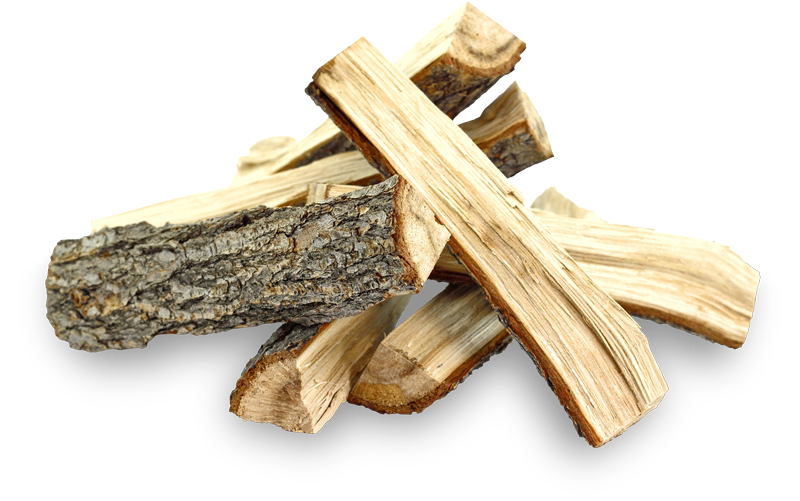Bath Salts: What to Know About the Drug

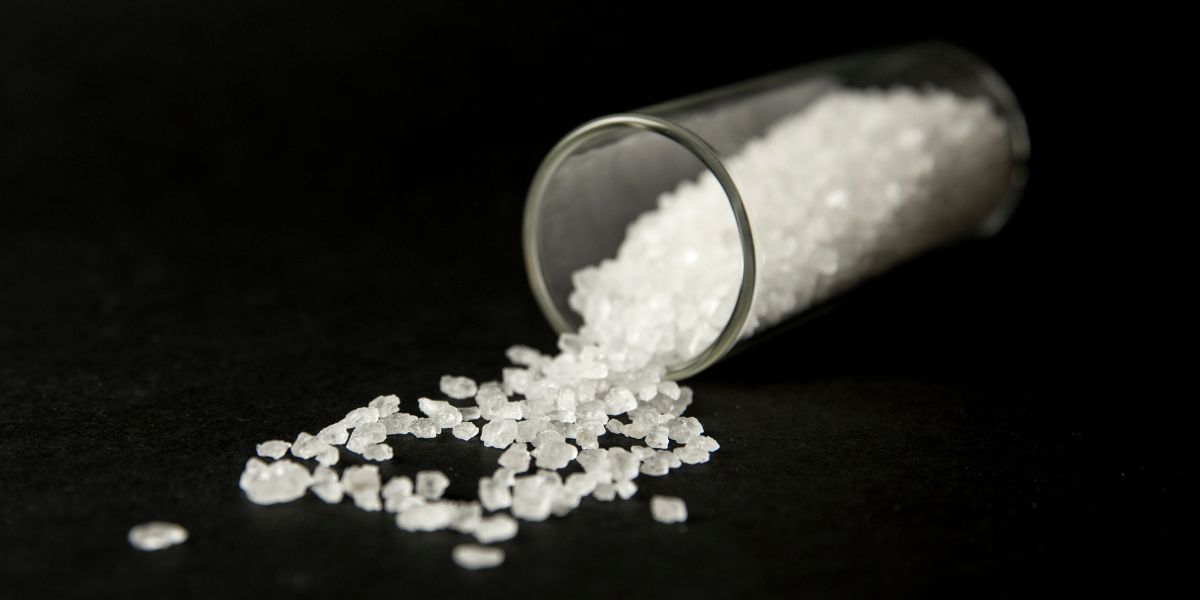
The rise in synthetic cathinones, also called “bath salts,” has brought new challenges to addiction treatment and public health. These new psychoactive substances are different from typical bath products and can act like popular stimulants such as amphetamines and MDMA. Bath salts are legal, but they are dangerous and can have a strong impact on people who use them.
What Are Bath Salts?
Synthetic cathinones, sold as “bath salts,” are not real bath products like Epsom salts for bathing. The actual bath products lack psychoactive properties. However, the drug bath salts closely resemble amphetamines, cocaine, and MDMA in their chemical composition. People often present them as cost-effective, lawful substitutes for conventional drugs of abuse.
Bath salts consist of synthetic chemicals derived from cathinone, a natural stimulant found in the khat plant. This plant is native to East Africa and Southern Arabia, where chewing its leaves is known for producing stimulating effects. The artificial drug is much stronger than the natural ones and can be dangerous and unpredictable.
Although numerous cathinones have been artificially created for recreational purposes, the compounds mephedrone and 3,4-methylenedioxypyrovalerone, known by MDPV, a prevalent synthetic cathinone, are particularly toxic. These substances account for most emergency room visits linked to bath salt usage. MDPV impacts the brain similarly to cocaine but is at least ten times more potent.
What Do Bath Salts Look Like?
Bath salts are available in powder form, usually as white or tan-colored crystals. These are packaged in small plastic or foil packets, conspicuously labeled “not for human consumption,” to evade regulatory standards and detection by law enforcement. The packages could also bear labels such as bath salts, plant nourishment, phone display cleanser, or jewelry purifier.
Additionally, “molly,” a term derived from “molecular,” which suggests purity in MDMA, frequently contains bath salts. Law enforcement has confiscated numerous capsules marketed as molly that were laced with bath salts. In 2012, crime laboratories in South Florida analyzed several molly capsules and discovered methylone, a dangerous synthetic cathinone, among the components.
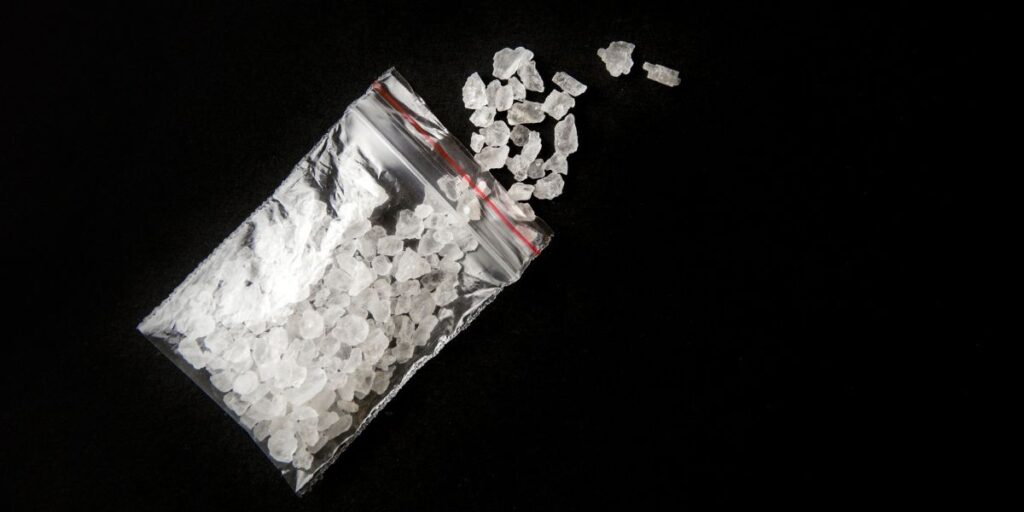
Bath Salt Brands
Synthetic cathinones are primarily produced by Asian chemical companies and sold online. Additionally, bath salt products can be found in various retail locations, including drug paraphernalia stores, tobacco or smoke shops, adult bookstores, gas stations, and truck stops. These products are sold under a variety of brand names including:
- Ocean Snow
- Cloud 9
- Bliss
- Ivory Wave
- Cotton Cloud
- Red Dove
- Purple Wave
- Snow Day
- White Lightning
- Bloom
- Vanilla Sky
Using Bath Salts
The synthetic powder known as bath salts is commonly snorted, swallowed, smoked, or injected. The most severe documented incidents involve snorting and injecting the substance with a needle.
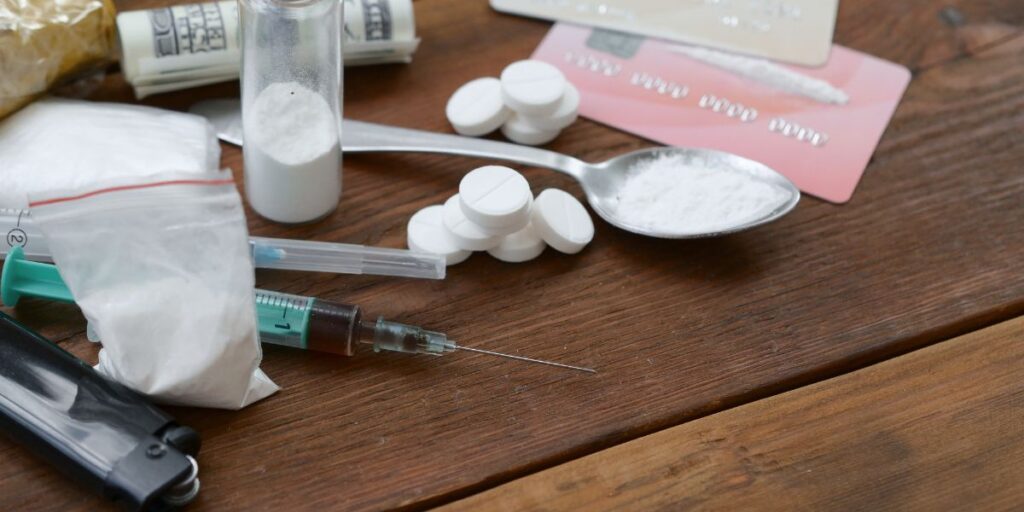
Effects of Bath Salts
Synthetic cathinones, at minimal doses, can produce stimulating effects for about 3 to 4 hours, such as euphoria, amplified energy, heightened sociability, improved sexual desire, and an elevated mood. However, consuming larger doses can result in adverse side effects, which include:
- Accelerated heartbeat
- Chest discomfort
- Elevated blood pressure
- Intense paranoia
- Decreased hunger
- Nervousness
- Nose bleeding
- Delusions
- Hostility
- Episodes of panic
Repeated or prolonged use of bath salts can lead to severe symptoms that have resulted in numerous people being treated in hospital emergency departments. These symptoms include:
- Renal failure
- Convulsions
- Muscular contractions
- Degradation of skeletal muscle tissue
- Inability to control bowel movements
- Sudden rise in body temperature
- Issues with blood flow
- Mental disorder
- Aggressive actions
Dangers
Synthetic cathinones make up the majority of a new category of designer drugs or legal highs known as new psychoactive substances (NPS). These synthetic drugs are unregulated, often combined with unknown chemicals, and lack any approved medical uses.
The first cathinone-associated NPS in the United States was detected in a bath salt product in 2010, products that were already present in the recreational drug market. By 2011, reports of bath salt incidents to U.S. poison control centers surged from 304 to 6,138.
The Department of Health and Human Services (HHS) warns people about the risks associated with these newly emerging drugs marketed as “legal highs.” These substances are often quickly removed from and reintroduced into the drug market to circumvent law enforcement efforts aimed at evaluating and regulating their production and sale.
Bath salts are at the forefront of this new and emerging class of drugs even though their utilization can result in severe health implications, even fatality.
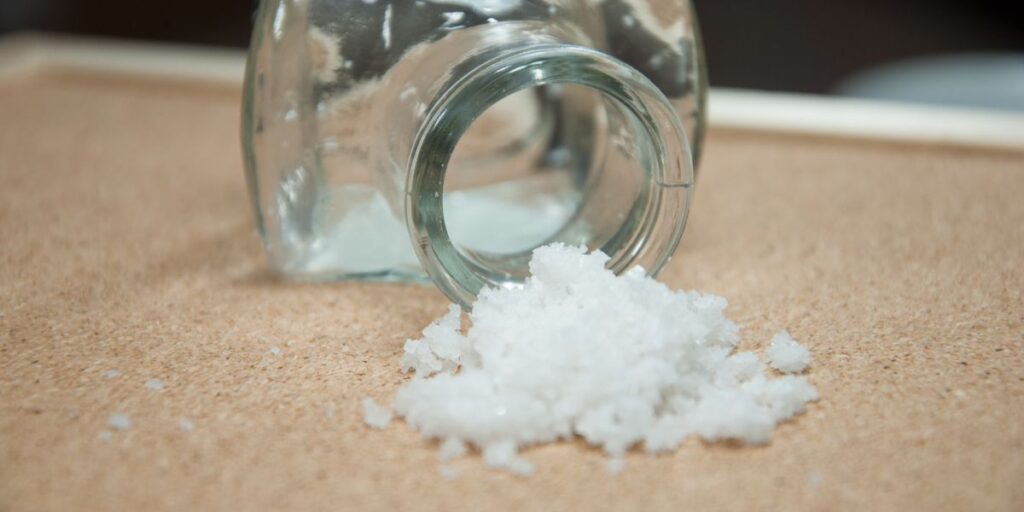
Treatment for Bath Salts Drug Addiction at White Oak Recovery Center
At present, the FDA has not approved any drugs specifically designed to treat synthetic cathinones addiction. Nonetheless, the National Institute on Drug Abuse (NIDA) endorses the application of behavioral therapy to manage this kind of addiction. The NIDA further suggests performing assessments for concurrent mental health disorders, a procedure referred to as dual diagnosis, which is recommended for all forms of addictions.
With our compassionate, expert care and various talk and behavioral therapies, White Oak Recovery Center (WORC) can develop a personalized treatment plan to help you begin a path to sustainable healing.
Contact one of WORC’s caring treatment specialists today. Achieving a future without addiction is within reach. Reach out now.

Am I covered for addiction treatment?
Your insurance may cover treatment. Call now for an entirely free and confidential assessment. Recovery starts with a phone call.

- “Synthetic Cathinones (Bath Salts): An Emerging Domestic Threat.” National Drug Intelligence Center, Jul. 2011.
- Gladden, Matt R., et al., “Overdose Deaths Involving Eutylone (Psychoactive Bath Salts) – United States, 2020.” Centers for Disease Control and Prevention, Aug. 2022.
- “Bath Salts.” Drug Enforcement Administration, Oct. 2022.
- Gershman, Jennifer A., and Fass, Andrea D., “Synthetic Cathinones (‘Bath Salts’).” Legal and Health Care Challenges, Oct. 2012.
- Baumann, Michael H., et al., “Neuropharmacology of Synthetic Cathinones.” Handbook Exp Pharmacol., May 2020.
Medical Disclaimer:



